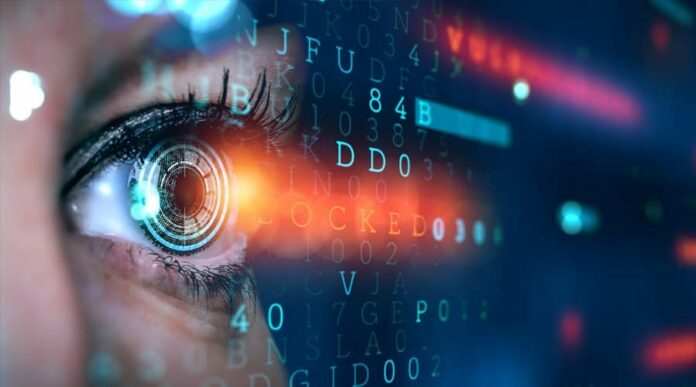There is a widespread debate over whether computer vision will replace human jobs and increase unemployment. Advanced computer vision has been introduced as a result of the integration of cutting-edge technology with AI algorithms into an existing computer system. Without the need for human interaction, AI algorithms translate several sets of real-time data into useful business insights.
But even AI computers and algorithms need humanitarian aid to fulfill multiple tasks effectively and efficiently. In recent years there is a significant increase in human jobs in the field of AI. Human intervention and skills are needed for innovating modern technologies and for the advancement in software development. With lucrative salary packages, many reputed companies and startups provide employment opportunities like computer vision scientists, computer vision engineers, deep learning specialists, data scientists, software engineers, lead scientists, computer vision research engineers, and many more. As a result, we can assert that computer vision will not displace human labor, but will instead help to reduce workload and increase ROI.
How Computer Vision reduces workload in human jobs?
Computer vision is a new type of AI that analyses various sets of raw data from digital photos and videos to make appropriate decisions by comprehending the environment. Because of the accuracy in image pattern recognition than humans, computer vision is flourishing. Deep learning neural networks allow computers to acquire, process, and analyze image patterns more efficiently and effectively than the human visual cognitive system through an iterative learning process. Convolutional Neural Network (CNN) is used in computer vision technology for the recognition of proper image patterns. These neural networks pixel-by-pixel scan the available image for patterns and memorize the optimum output from many properties like shapes and colors. Humans are required to create intelligent machines that can complete automated activities using visual cognition.
Let’s see the potential of computer vision in various industries to enhance productivity.
Retail: Computer vision assists in security through CCTVs, theft control, video analytics, improving the shopping experience, optimizing operations, and better customer engagement.
Manufacturing: Factory workers can predict maintenance, identify defects, eliminate risk, and product quality inspection with the help of computer vision
Automotive: Visual representations, high visibility, and 3D representations of the surroundings are provided by computer vision using ADAS, RADAR, and LIDAR technologies, respectively. Drivers’ face and hand motions are also monitored via Automotive Gesture Recognition, which provides audio and visual alerts.
Healthcare: using computer vision, unusual image patterns, early-stage tumors and many more can be accurately detected from reports and X-rays.
As a result, we can all agree that computer vision is not displacing humans, but it is quite likely that it will create more human job opportunities in the next years. The goal of computer vision is to work with humans to improve workloads and produce more appropriate results with no failures or mistakes.
Follow and connect with us on Facebook, LinkedIn & Twitter

